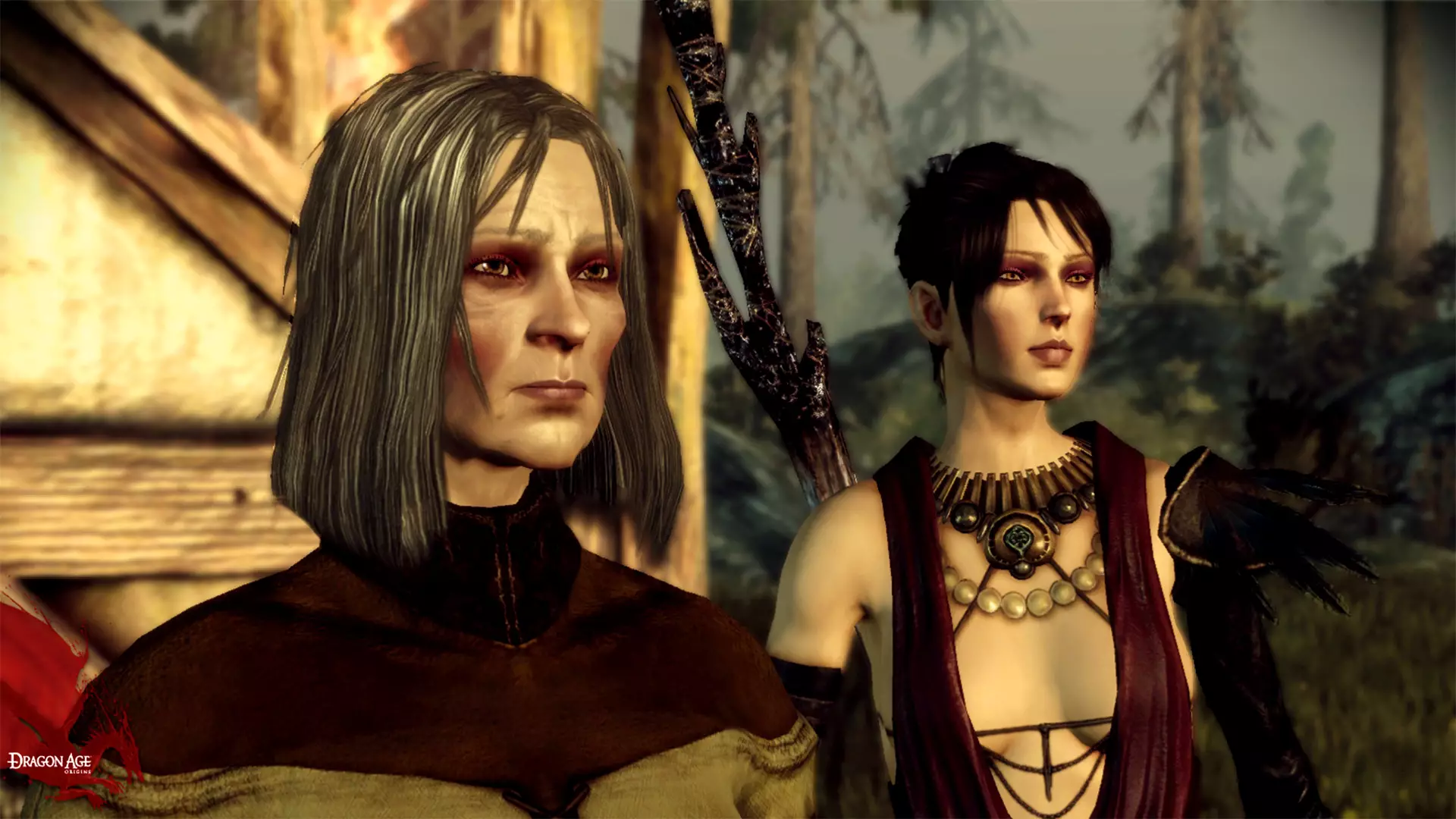The landscape of role-playing games (RPGs) has undergone significant transformation, especially regarding how characters interact with players, particularly in romantic contexts. The discussion around these interactions often leads to critical insights about character development and player engagement. The divergence between player expectations for romance and narrative integrity is an increasingly relevant topic, with leading figures in the gaming industry, like David Gaider, emphasizing this complex interplay. Gaider’s perspective sheds light on the necessity of creating characters that feel genuine and not merely tools for player gratification.
In the realm of RPGs, the concept of “player-sexuality” has emerged as a feature that allows any character to be romanced regardless of their gender. This approach, popularized in titles like “Baldur’s Gate 3” and earlier exemplified in “Dragon Age 2”, provides players with an apparent sense of freedom. Players can explore romantic relationships without the constraints of characters’ sexual orientations. However, Gaider argues that this very freedom may inadvertently limit the narrative depth and character arcs that can be produced within the game.
Romance vs. Realism: The Delicate Balancing Act
The debate over how accessible romance should be in RPGs highlights a fundamental tension within the genre. While there are players who enjoy the notion that all characters are available for romance, this perspective clashes with those who appreciate more realistic interactions. Gaider articulates a “sharp divide” in player preferences: some crave the ability to romance everyone, while others desire the authenticity of potential rejection. This division is not merely a matter of preference; it shapes how narratives are constructed and how players engage with them.
When discussing character motivations, Gaider makes a compelling case for the importance of agency. If all characters are simply there for the player’s romantic exploits, the richness of their backstories and personal motivations can become lost. The freedom to approach relationships in a more nuanced manner—where characters can distrust the player, harbor rivalries, or hold motivations that conflict with those of the player—creates a richer narrative tapestry. It promotes dynamic interactions that encourage players to engage with the story beyond the superficial allure of romance.
Crafting Compelling Characters: Beyond Romance
One of the critical takeaways from Gaider’s perspective is the idea that characters should not exist solely to facilitate romantic entanglements. He argues for a model where characters are multi-dimensional, possessing their own goals and conflicts. This approach not only enhances character depth but also aligns with fostering immersive narratives where players can experience meaningful relationships. By including characters that require more than just charm to earn their affection, developers can enrich the gaming experience, allowing for a diverse range of emotional connections.
In contrast to creating purely “smoochable” characters, Gaider champions the need for complexity. Characters should embody their own arcs that interact with the player’s journey but are not entirely defined by it. This allows for a portrayal of relationships that feels earned rather than scripted, fostering a sense of realism within the fantastical contexts of RPGs.
Future Directions: What Lies Ahead?
As the industry evolves, developers are increasingly tasked with considering how these narrative mechanics impact player engagement. The awareness of the divide between player preferences is essential in shaping future RPGs. While titles like “Baldur’s Gate 3” have embraced a player-sexual model to a great extent, the lessons from Gaider’s insights prompt a re-examination of that formula. How can developers innovate the systems of romance without sacrificing character depth and story complexity?
In crafting games that resonate with diverse player desires, the future of RPGs hinges not only on embracing new ideas but also on thoughtfully curating character interactions. The challenge remains to balance player agency with the authenticity of character arcs, ensuring that relationships feel rewarding without reducing them to mere romantic conquests. Ultimately, players seek depth, connection, and narratives that reflect the complexities of relationships—qualities that will define the next era of role-playing experiences.


Leave a Reply